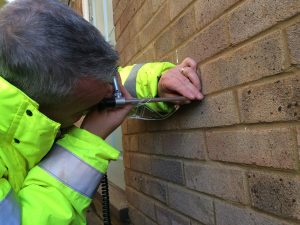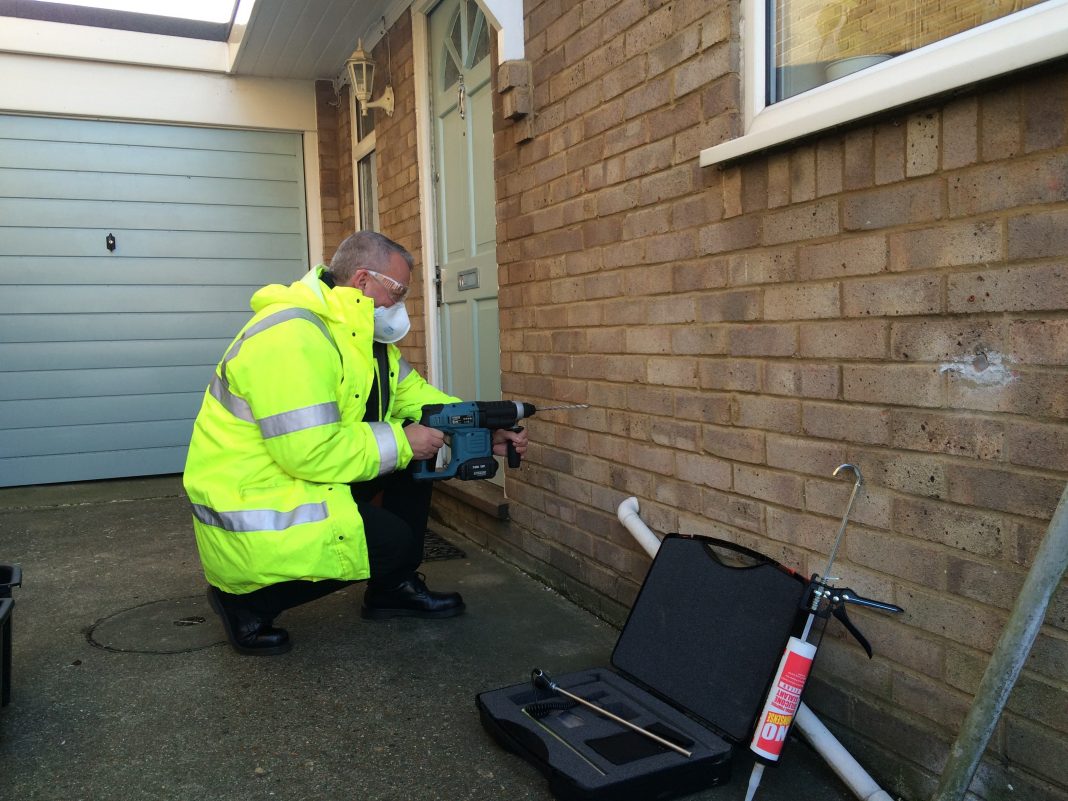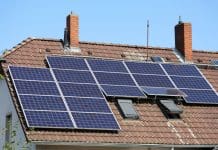Rob McCormack, director of Consultancy, Investigation, Training, discusses the key issues to address to ensure the successful installation of cavity wall insulation
Ensuring the successful delivery of insulation upgrades requires an understanding of pre- and post-installation building physics and engineering, with a keen eye kept on detailing and sticking to the specification.
Get it wrong and building owners and occupants may face issues with higher than expected heating bills, condensation, damp, materials degradation or worse. In severe cases, damp buildings can be a health risk; all too often a project intended to make a building warmer, more pleasant and more fuel efficient achieves the opposite and becomes an expensive problem to solve, especially if it’s a social housing provider stock upgrade involving multiple properties.
One area of insulation upgrade in the spotlight is cavity wall insulation (CWI). While this solution can work well when properly specified and installed, it is also the cause of many issues in properties around the country. How many homes affected is not known – the government suggests some 54,000; CIGA, the Cavity Insulation Guarantee Agency, puts the figure at 12,000.
However, CIT research carried out under the Freedom of Information Act suggests the number may be higher. We asked 326 local authorities how many damp, condensation and mould complaints they had received between January 2012 and May 2018. Not all responded but of those that did, 57,739 complaints had been received in this time.
The respondents were responsible for a total housing stock of 474,923 – so a 12.2% complaint rate. It is important to note that this does not directly link the complaints to CWI but one LA’s response really stood out: it had installed CWI into 70% of its housing stock and had received complaints equivalent to more than 80% of its properties.
 As a market-leading specialist provider of independent, expert technical advice and property investigation services to organisations concerned about the performance of insulation products, we see first-hand the problems that arise when CWI and EWI installations go wrong.
As a market-leading specialist provider of independent, expert technical advice and property investigation services to organisations concerned about the performance of insulation products, we see first-hand the problems that arise when CWI and EWI installations go wrong.
Usually, it is the result of incorrect specification and/or poor installation, with some cases attributed to householder lifestyle (for example, overly heating a property, drying laundry indoors and failing to open windows).
So how to ensure insulation upgrades to public and private housing are successful? We believe the key is understanding what good delivery looks like:
- Gain an accurate understanding of material properties being dealt with – what is the insulant’s thermal conductivity (R Value), vapour resistivity, sorptivity (measure of its capacity to absorb/release liquid by capillary action), mechanical strength and fire performance? Which of these is most important to consider and will the selected insulation system have unintended consequences?
- Understand the installed environment – this is crucial.
Assess the condition of the existing structure and fabric of the property. Upgrading insulation in a poorly maintained building can be a recipe for disaster. Cavity wall installations, for example, require a dry, clean, clear void sealed at all junctions (ie windows, roofs). Gaps in the fill reduce thermal performance and can cause cold spots, damp, mould and condensation inside the wall void. Similarly, installing CWI in a damp void will only exacerbate the problem. Carry out all necessary property maintenance ahead of insulation upgrades.
Assess internal heat and moisture conditions including ventilation and confirm that the property is in a suitable condition with sufficient ventilation in place to have a cavity wall or external wall insulation system installed. If the property isn’t sufficiently ventilated, there is potential for damp, mould or condensation to form due to the impact on external and internal air-flow.
- Assess exposure to the elements. Much of the UK’s westerly coastline, Scotland, Wales and the South West of England, are designated as highly weather-exposed locations, with the most exposed receiving approximately 100 litres/m2 per spell of wind-driven rain. These locations may be suitable for CWI but additional measures may be required to ensure a successful installation.
- Modelling capabilities in design and assessment. Having fully assessed a property for its suitability for a CWI/EWI installation, also consider the suitability and longevity of the system being proposed and consider any existing and future maintenance requirements of the building.
The consequences of bad delivery are multiple. Getting it right first time should be front of mind when budget and time constraints push back.
Best practice
Successive governments have placed increased importance on well-insulated, airtight buildings. This is far easier to achieve in the new build sector, where material properties and the installed environment are known and controlled.
Upgrading older properties is more challenging, making the adoption of best practice throughout the project imperative. Systems must be compatible with the building, which must, in turn, be free of relevant defects.
A pre-installation inspection by a competent person or specialist provider, such as CIT, should be carried out and all operatives trained in installing the accredited system, which must then be buildable. We also advise respecting the certificate holder’s specification and rejecting product substitution.
Conclusion
Correct specification and professional installation, backed by meaningful third-party verification, oversight and certification, reduce considerably the risks associated with EWI and CWI installations. Get the procurement process right and install responsibly, in line with manufacturer recommendations/accepted best practice, and any risks are further mitigated to deliver a project that achieves its objectives.
Rob McCormack
Director
Consultancy, Investigation, Training
Tel: +44 (0)2920 100810
Twitter: @CITguru
LinkedIn: bba-cit-limited














